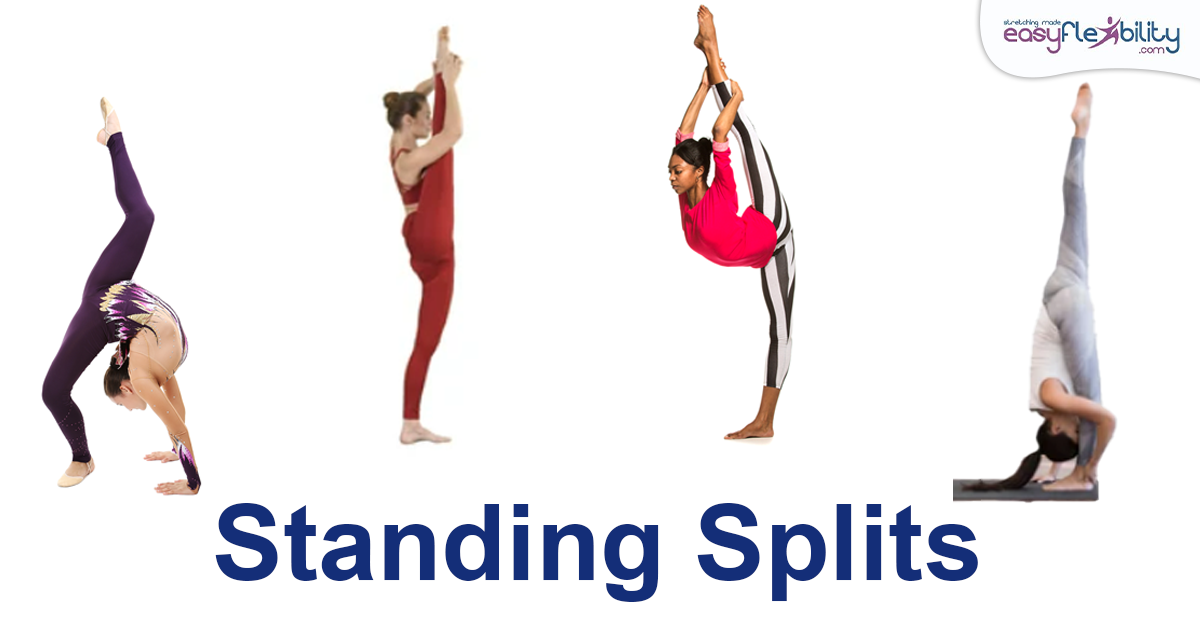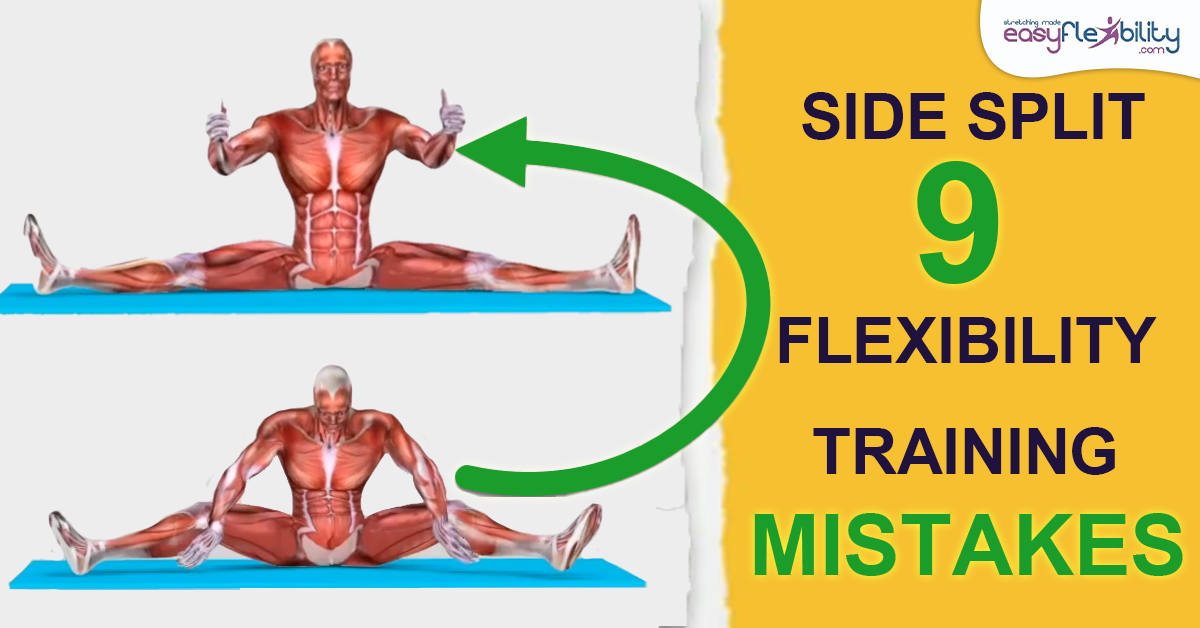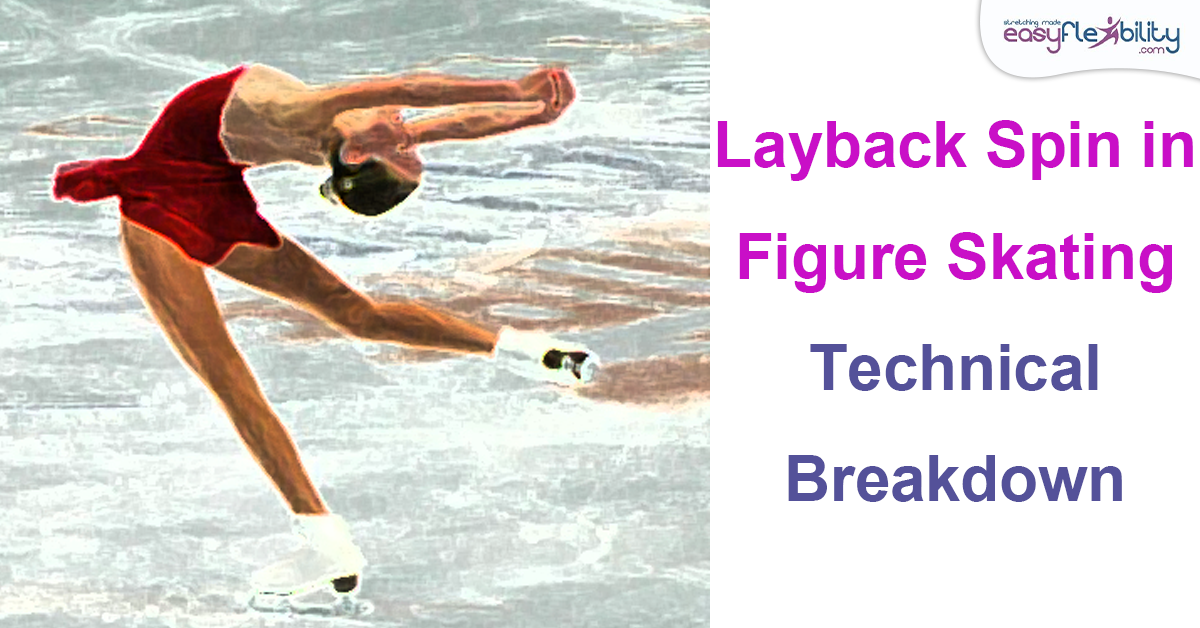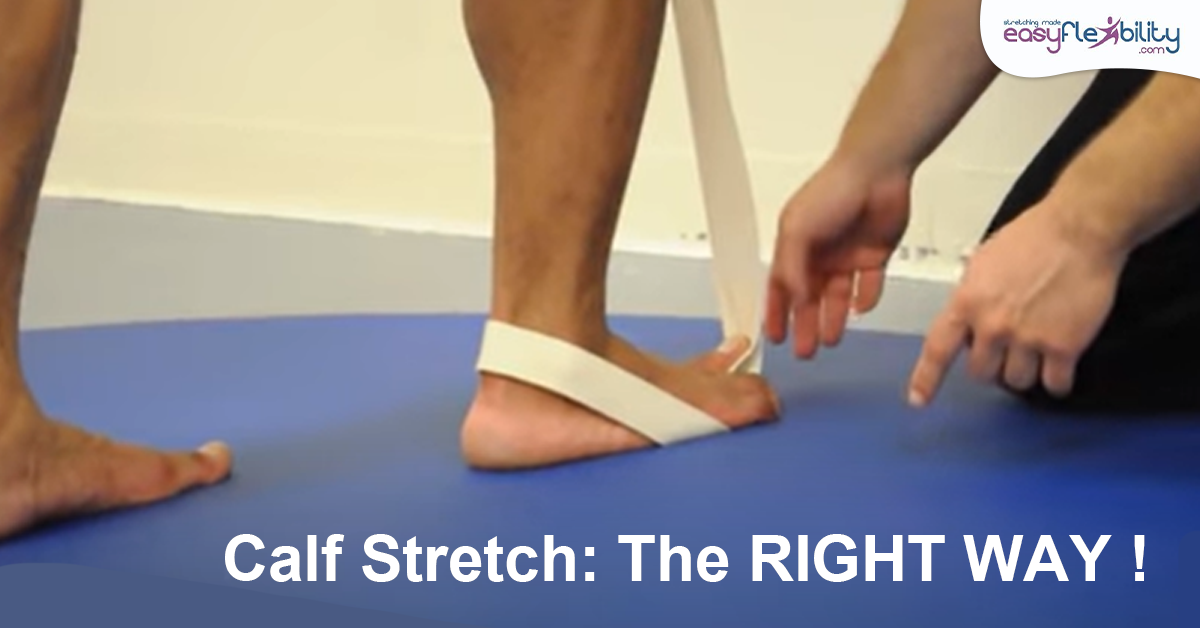Arabesque Analysis
Posted by Paul Zaichik on
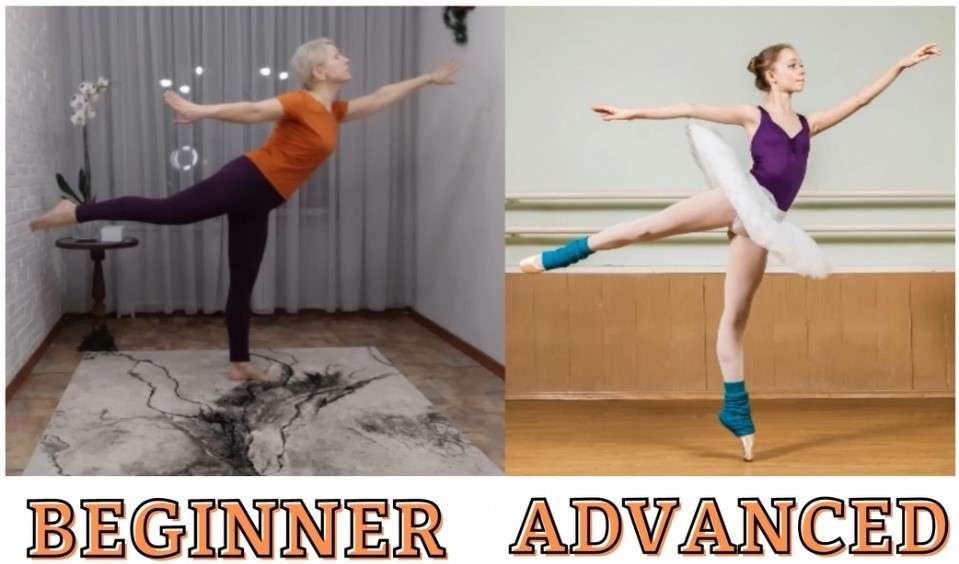
On the left, you see a picture of a beginner's arabesque. And this
is a technique we are going to analyze. And for comparison, you're seeing an
advanced student performing an arabesque on the right.
is a technique we are going to analyze. And for comparison, you're seeing an
advanced student performing an arabesque on the right.
This analysis will answer the question "what is the
beginner lacking, in terms of strength and flexibility, to
improve her arabesque to the point where it looks like the one on the
right?"
First, let's take a look at the hip joint.


You can see that the hip joint is not turned out.


So the muscles that need to be strong enough to turn it out are:

- the deep six lateral rotators and ,

- the gluteus maximus
Notice that there are other muscles that turn out the hip but in hyperextended position like this, the hyperextension nullifies the action of
turning out.
turning out.

In other words, for example, Sartorius turns out the hip but it would not work here
because it is also flexor of the hip.
because it is also flexor of the hip.

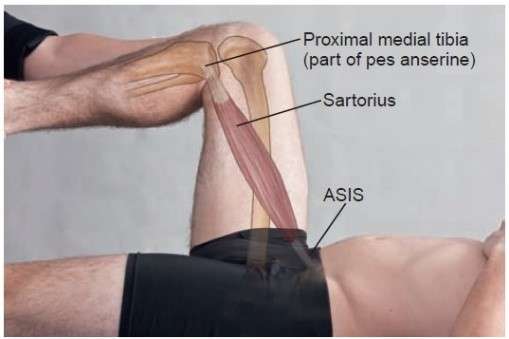
Want to learn how to do a perfect Arabesque?
Then checkout our Arabesque Strength & Flexibility Online Training Program!
Then checkout our Arabesque Strength & Flexibility Online Training Program!
Let’s take a look at the muscles that will prevent the turnout. Now, in this position, adductors are very important. All adductors are middle rotators, and the fact that adductors also flex the hip, put some indirect confrontation with this position.


In other words, we need hyperextended hip and
we need a turnout.
we need a turnout.
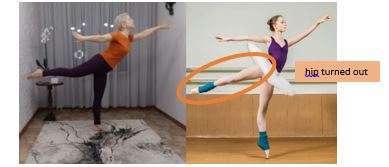

The muscles turn in and flex. So all adductors need to be flexible to allow this to happen. This means adductors magnus, longus, brevis; and gracilis.
Next is pectineus.
Just like the upper adductors, it flexes the hip, it medially rotates the hip. So we would need a flexible pectineus to externally rotate the hip and hyperextend the hip.
Just like the upper adductors, it flexes the hip, it medially rotates the hip. So we would need a flexible pectineus to externally rotate the hip and hyperextend the hip.

Next is the psoas and the iliacus.
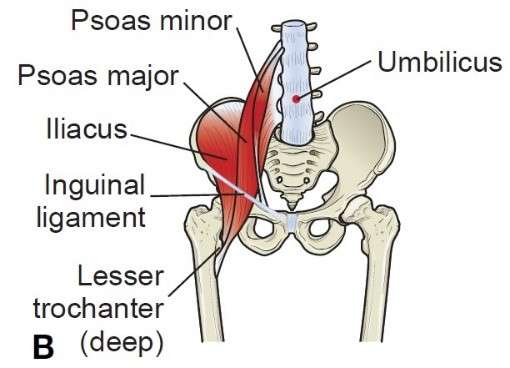

Both of these muscles are strong flexors, and although they're weak lateral rotators, they still need to be stretched to allow the hyperextension of the hip.
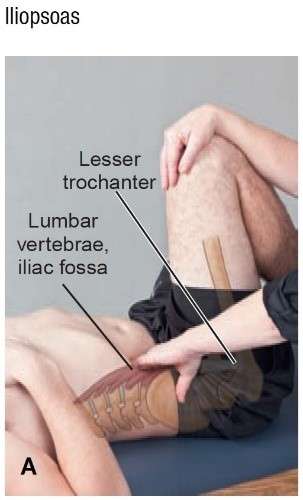
Next is tensor fascia lata (TFL), this muscle also flexes the hip. While it is an adductor, it will keep the hip squared and we go into pure hyperextension. This muscle needs to be flexible because it's also a medial rotator.
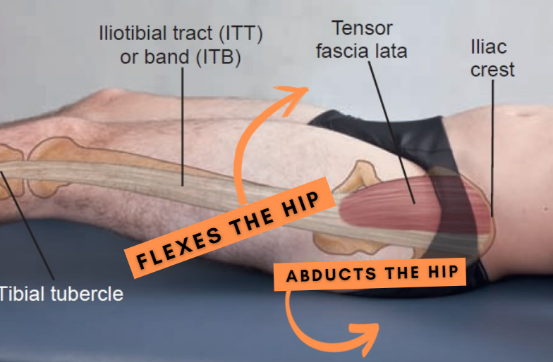

A rectus femoris, while being a weak lateral rotator, it is a flexor of the hip but it is also an extensor of the knee. So with lateral rotation, and the fact that the knee is extended and the leg is kept straight, rectus femoris needs a little bit of flexibility here but not a lot.


Arabesque does rely on the Sartorius not as much as other muscles, like pectineus for example, but still to a pretty high degree.
It's important to remember that, unless the ligaments are stretched, it is not possible to bring the leg to a horizontal line.
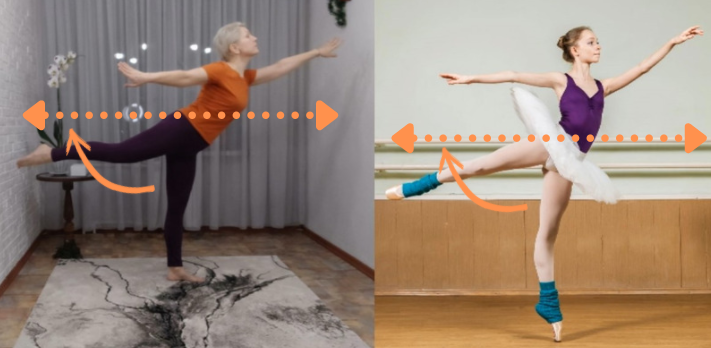
In general, acceptable range is up to 30 degrees, in most people, which means that, when the leg goes to parallel, there is a tilt of the pelvis.

When the pelvis tilts forward,


This stretches the hamstrings muscle but not only stretches the hamstrings muscles, hamstrings must also contract in its long range.

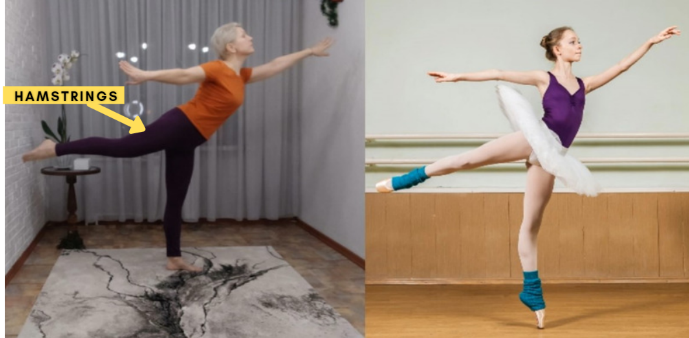
This is called the eccentric contraction—when the muscles contract and lengthen at the same time. The axial fibers of the adductor magnus are also involved in this together with the hamstrings.
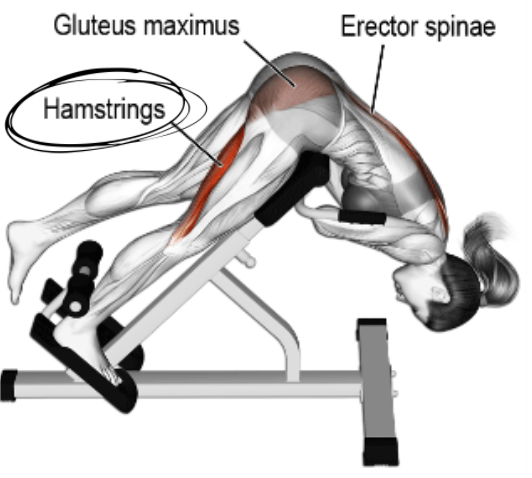
And now, because the center of gravity shifts to the side over the base of support, the abductors also contract—gluteus medius and gluteus minimus.


Want to learn how to do a perfect Arabesque?
Then checkout our Arabesque Strength & Flexibility Online Training Program!
Then checkout our Arabesque Strength & Flexibility Online Training Program!
Now, let's talk about the core: the muscles that hyperextend the spine and the muscles in front of the body that needs to be flexible for the back to hyperextend.
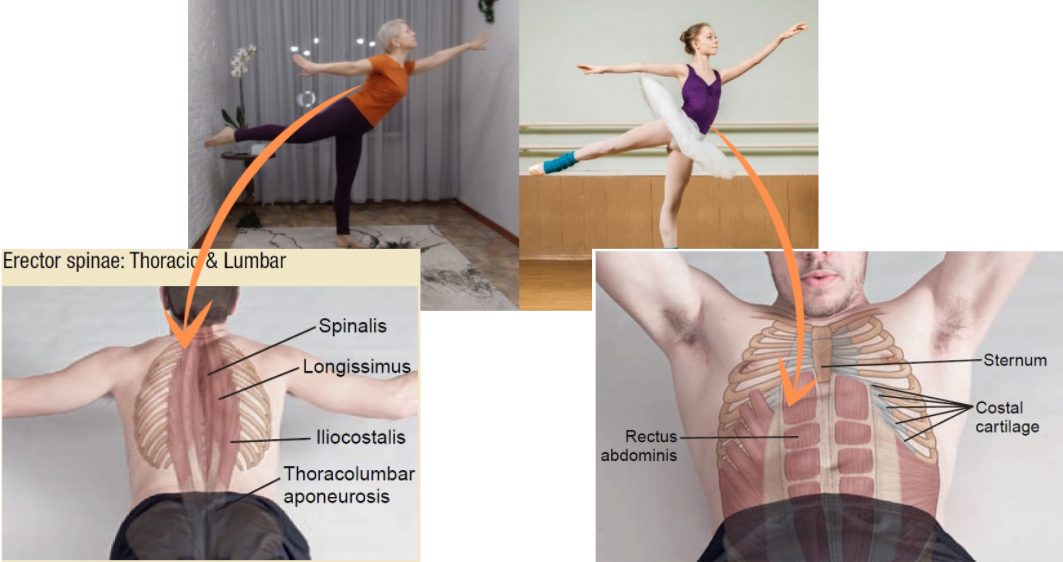
With very few exceptions of extremely hyperflexible athletes, most people will need the back extensor flexibility, in addition to the leg flexibility, to keep the torso vertical while the leg is
horizontal.
horizontal.
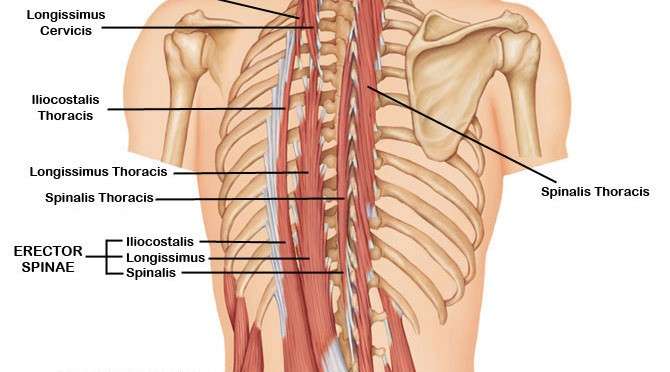
The flexibility of rectusabdominis and the oblique muscles is important to allow the back to hyperextend unopposed.
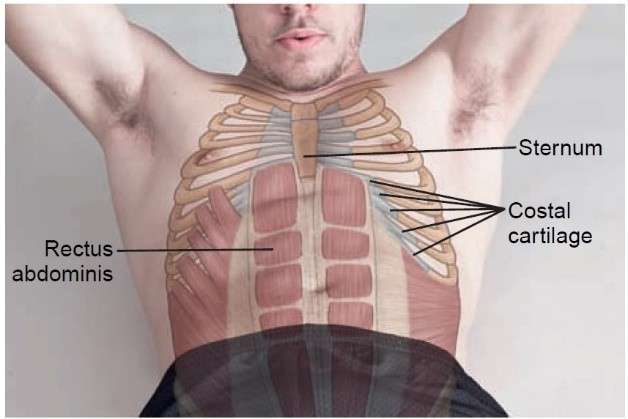
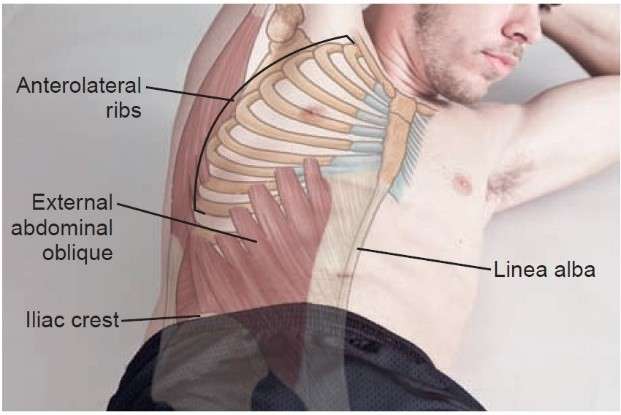
Now, the muscle that is not always present—some people have it and some people don't—is psoas minor.

Psoas minor also flexes the spinal column. Unless if you have it, you need flexibility of this muscle to hyperextend the spine.
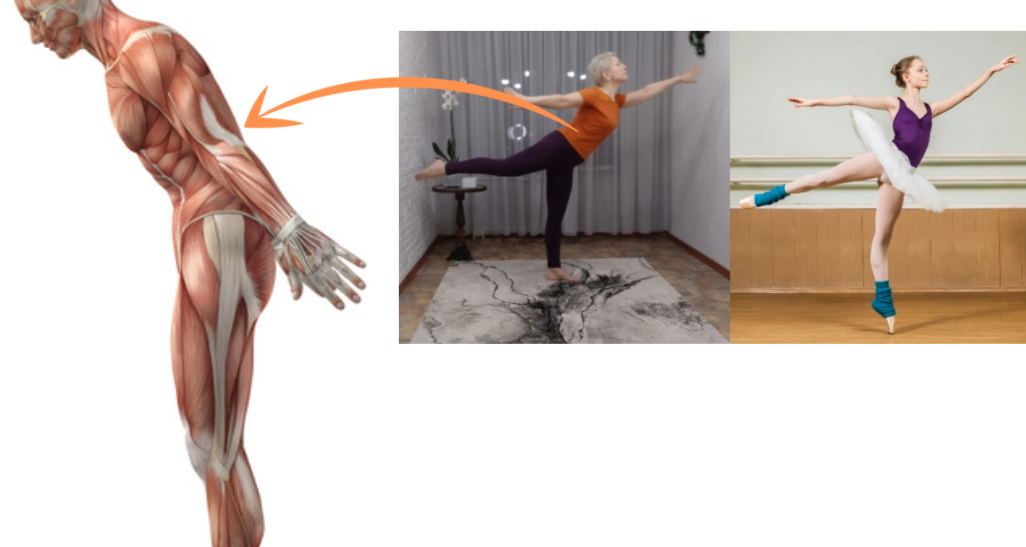
Just by looking at the picture of a beginner student, we cannot know if she is lacking flexibility or she is lacking strength or both. This is because she might be able to do a good cover where her body is flexible enough at the spine and yet not have the strength to hold the body up.

The muscles that allow the torso to be vertical by contracting in the back are the extensors of the spine. These are the muscles that run on both sides of the spine, and when they contract, the spine extends or hyperextends.

The quadratus lumborum. This muscle is known for laterally flexing the trunk side to side, however it also assist in hyperextension.
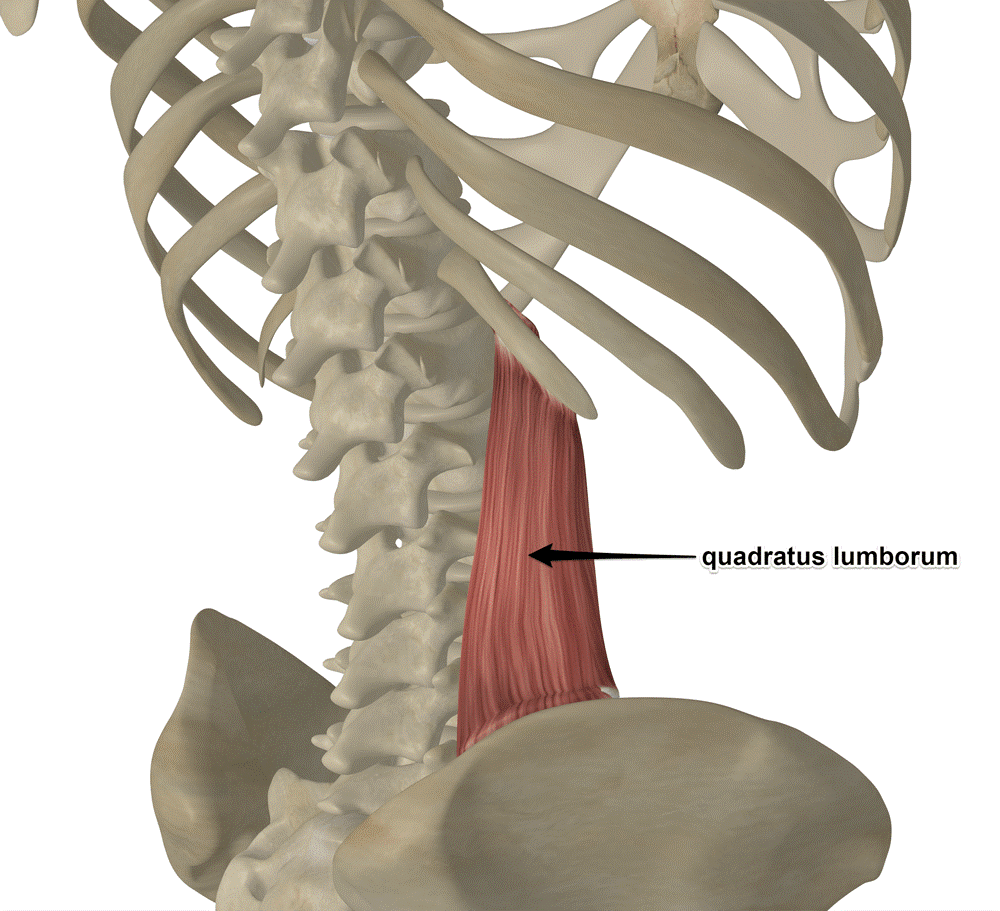

And finally, latissimus dorsi. A lot of people don't know this but, the way latissimus dorsi is attached, it can assist in hyperextension of the spine.
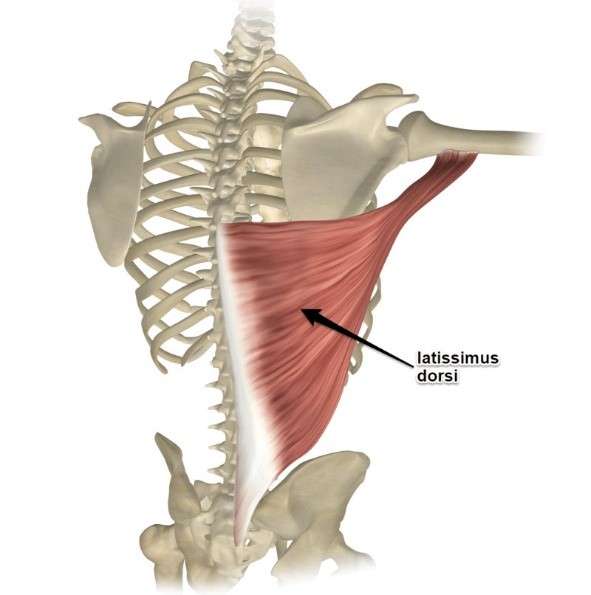
As a matter of fact, some people get cramps in latissimus dorsi and don't understand why. But the reason is because the body cannot rely on the spinal extensors if they are too weak in that range or on quadratus lumborum. But if a person has a developed latissimus dorsi or lats, the body is trying to use that muscle. But it is not designed ideally for that position and thus, people get cramps.


Please notice that this isn't overall kinesiological analysis. If tested closely, we might see that the beginner student might have some flexibility in some of the muscles or may need on all of the muscles mentioned. She might have strength in some of the muscles or she might have strength in none of the muscles in that range.
The overall takeaway is, if she develops strength in all the muscles mentioned and flexibility in all the muscles mentioned, she will be able to do a perfect arabesque just like the model on the right.
The overall takeaway is, if she develops strength in all the muscles mentioned and flexibility in all the muscles mentioned, she will be able to do a perfect arabesque just like the model on the right.
Want to learn how to do a perfect Arabesque?
Then checkout our Arabesque Strength & Flexibility Online Training Program!
Then checkout our Arabesque Strength & Flexibility Online Training Program!
Want to get Certified to Teach our program to your students?
Checkout our Arabesque Certification Training Online Seminar:
Checkout our Arabesque Certification Training Online Seminar:
© ElasticSteel Corp., EasyFlexibility, Paul Zaichik, et. El., 2022. No part of the materials available through ElasticSteel.com, EasyFlexiiblity.com, site may be copied, photocopied, reproduced, translated or reduced to any electronic medium or machine-readable form, in whole or in part, without prior written consent of Paul Zaichik EasyFlexibility.com, Elasticsteel.com.. Any other reproduction in any form without the permission of Paul Zaichik EasyFlexibility.com, Elasticsteel.com is prohibited. All materials contained on this site are protected by United States copyright law and may not be reproduced, distributed, transmitted, displayed, published or broadcast without the prior written permission of Paul Zaichik, EasyFlexibility.com, Elasticsteel.com.
Share this post
- 0 comment
- Tags: Back flexibility, Ballet, Dance, Dance moves, dancers pose, easyflexibility, easyflexibility certification training, flexibility, kinesiological stretch, kinesiological stretching, layback spin, low back sprain, pole dance, stretch, stretching, Training Flexibility, Yoga
0 comment


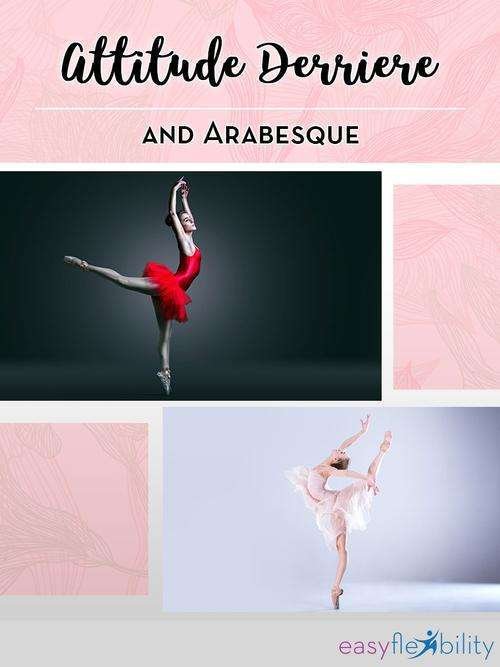



![Flexibility Training Program: Is it most beneficial standalone or with other fitness activities? [Case Study]](http://www.easyflexibility.com/cdn/shop/articles/336650424_545202031087374_5213276437981439590_n.png?v=1679586503)
